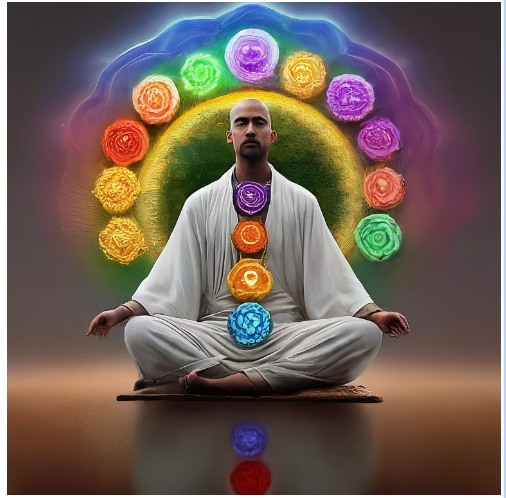Our busy present day lives frequently feel stressful from the second we awaken. Between work requests, family obligations, and the relentless pinging of innovation, achieving a feeling of harmony can feel like an extravagance. To this end the old act of meditation has such a resurgence – it empowers us to slice through the commotion and reconnect with serenity intrinsic inside. Indeed, even only a couple of moments of reflection can do something amazing, giving lucidity in the midst of disarray while opening supplies of internal harmony.
The Fundamentals:
Meditation is the conscious practice of awareness, often involving focusing the mind. While complex meditative traditions exist, getting started is fairly simple. At its core, meditation only requires sitting quietly and turning attention inward. By focusing on the breath or a repeated mantra, the constant mind chatter soon dissipates. Thoughts may still arise but are observed without reaction or judgment before returning focus to the breath. Even 5-10 minutes can induce deep relaxation and glimpses into the peaceful realm within. With regular practice, inner stillness becomes easier to access amid external chaos.

The Science of Serenity:
Modern science confirms what the ancients knew intuitively – meditation provides a bevy of benefits. MRI scans show it activates the prefrontal cortex, associated with complex decision making and emotional regulation. Blood tests reveal it lowers hormones like cortisol, epinephrine and norepinephrine linked to our stress response.
“Respiration slows, heart rates decrease and blood pressure lowers as the entire body relaxes. These biological shifts mirror the inner sense of calm meditation ushers in. The state of relaxed alertness carries through, helping manage stress, improve sleep quality and boost emotional resilience.”
Ripple Effects:
But perhaps most magical is how inner peace ripples outward. Studies show meditation makes people feel more connected and empathetic towards others. Rather than reacting negatively to challenging people or situations, clarity of thought allows for measured, compassionate responses. We become less judgmental, more willing to listen, empathize and meet others where they’re at. It dissolves barriers between “self” and “other”, fostering understanding.
Changes start internally, but permeate relationships, workplaces, even politics. If more people meditated, perhaps society would be governed by wisdom over reactive emotion. Creating outer peace truly starts from within. It all begins by simply sitting and glancing inward to discover the calm oasis at the heart of experience, untouched by outward frenzy. In meditative awareness, we touch the eternal vastness behind this world of form.
The Journey Inward:
Returning to stillness takes practice – untrained minds habitually seek distraction and busy-ness. But once touched, the peace found in presence becomes magnetic, pulling us to delve deeper. Thus for centuries, mystics and gurus have guided students on inner journeys towards spiritual awakening. Through meditation, outer illusions fade as true nature is revealed – eternal, blissful, beyond death. Traditions around the world provide maps homeward.
Conclusion:
While advanced meditative states require dedication, just quieting the mind temporarily provides relief from modern madness. By straying from constant doing into simply being, we rediscover what sages have declared for ages: Within each of us, behind the chatter of personality, lies infinity itself. In tranquil awareness, the separate self dissolves as waves subside back into the ocean. Mystics promise inner peace is not something we find, but what we are. We need only journey inward to recognize the vast, silent space here all along – our essence beyond form. Meditation hands us the key.
Know more about Yoga and Meditation at www.zenaurayoga.com
